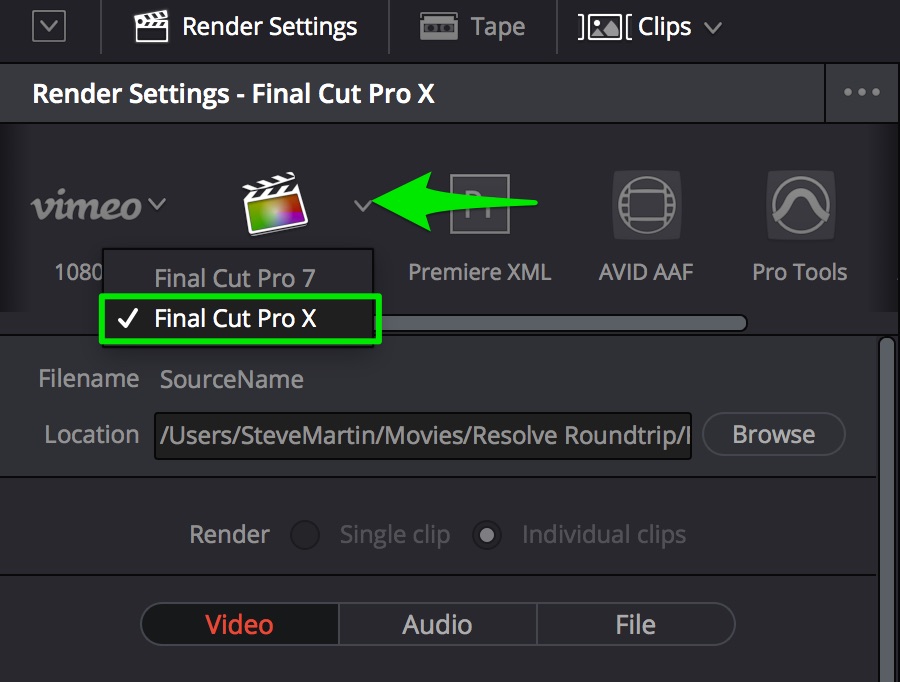

 Make sure the ACES Mid Gray Luminance setting stays at 15.00 throughout the whole grading and finishing process. Today, most commonly, this will be P3-D65 ST2084 (1000 nits). For HDR, this will be P3-D65 ST.2084 (PQ) with the corresponding nit level your monitor is capable of. 709, which corresponds to a monitor calibrated to Rec. Set your ACES Output Device Transform to match the calibration and capacities of your video display: Generally, we recommend using the latest ACES version. If you don’t have a specific reason to use ACEScc, it is recommended to use ACEScct.
Make sure the ACES Mid Gray Luminance setting stays at 15.00 throughout the whole grading and finishing process. Today, most commonly, this will be P3-D65 ST2084 (1000 nits). For HDR, this will be P3-D65 ST.2084 (PQ) with the corresponding nit level your monitor is capable of. 709, which corresponds to a monitor calibrated to Rec. Set your ACES Output Device Transform to match the calibration and capacities of your video display: Generally, we recommend using the latest ACES version. If you don’t have a specific reason to use ACEScc, it is recommended to use ACEScct. 
The first thing you will want to change is the Color Science settings to ACEScct. Once you create a new project, go to the Project Settings > Color Management panel. If you are interested in learning more about ACES, please visit this thread on ACES central for more information on the Academy Color Encoding System.įor more information about the ACES implementation in Davinci Resolve, please go to the ‘Color Management using ACES’ chapter in the “The Data Levels, Color Management, and ACES” section of the latest DaVinci Resolve Manual.
 Color Roundtrip from Dailies to Final Grading Using Davinci Resolve: Part Two. Color Roundtrip from Dailies to Final Grading Using Davinci Resolve: Part One. The approaches described below are for an ACES Workflow, but do not cover all possibilities for a Resolve Color Managed workflow.īlackmagic supported the creation of the following tutorials to offer guidance in the area of color management: The steps in this document are not proposed as requirements, but instead as recommended practices. This is one of the many ways in which Davinci Resolve can be configured in order to be able to deliver a Non-graded Archival Master (NAM) to Netflix. The intent of this document is to serve as a reference for configuring Davinci Resolve in an ACES color managed pipeline.
Color Roundtrip from Dailies to Final Grading Using Davinci Resolve: Part Two. Color Roundtrip from Dailies to Final Grading Using Davinci Resolve: Part One. The approaches described below are for an ACES Workflow, but do not cover all possibilities for a Resolve Color Managed workflow.īlackmagic supported the creation of the following tutorials to offer guidance in the area of color management: The steps in this document are not proposed as requirements, but instead as recommended practices. This is one of the many ways in which Davinci Resolve can be configured in order to be able to deliver a Non-graded Archival Master (NAM) to Netflix. The intent of this document is to serve as a reference for configuring Davinci Resolve in an ACES color managed pipeline.








 0 kommentar(er)
0 kommentar(er)
